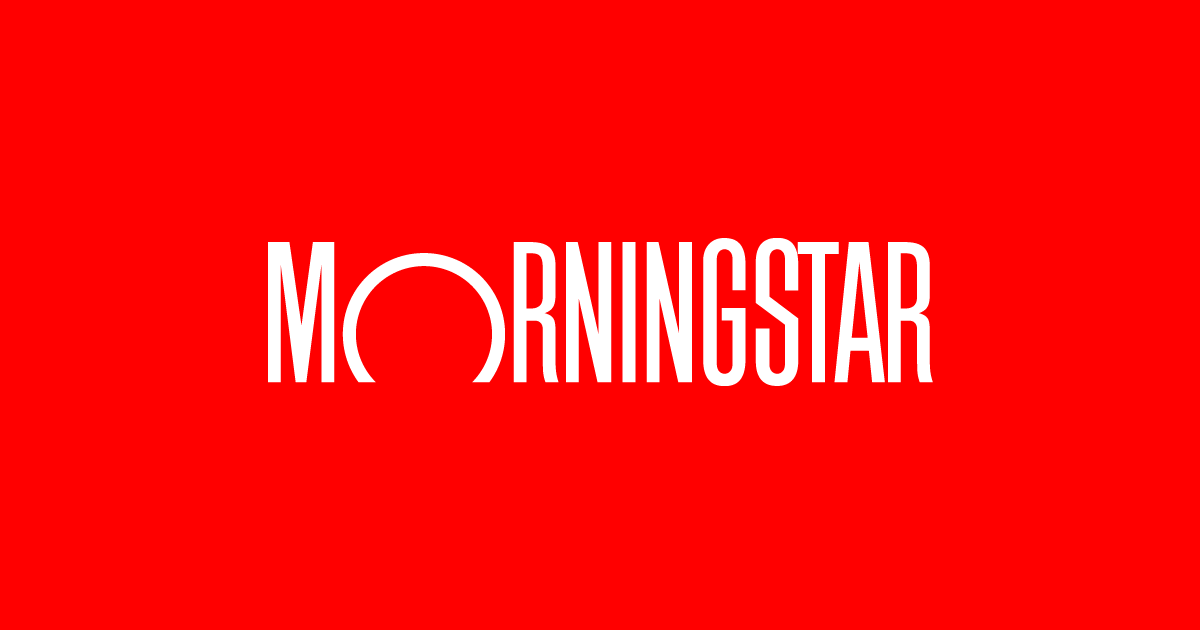MS rather meh on IBM:
Fair Value and Profit Drivers
Updated Jan 21, 2021
Our fair value estimate for IBM is $125 per share. This implies a 2021 enterprise value/EBITDA of 11 times. We forecast IBM's revenue will rise at a compound annual growth rate of 2% over the next five years, as the company’s segments gradually change weights.
Driving our financial model is our expectation for IBM to continue to shed market share in global IT services, leading to customer losses in its global business services. As a result, we expect IBM technology services to see a compound annual decline rate of 1% from 2021 to 2025 as more sticky IBM software is applicable in other clouds. Consequently, we expect IBM to benefit from growth in its cloud & cognitive software as its customers transition to hybrid infrastructures, even if it’s not to the IBM cloud, as our outlook suggests. We forecast IBM’s hardware business to continue to be a lumpy one, with continuing waves of new mainframe models and keeping IBM’s financing arm in business.
We do not think direct Red Hat sales will play a large part in organic revenue growth. Even with Red Hat recently acquired, the acquisition is likely to only return $150 million each year in synergies. This assumes that 10% of IBM’s user base who are not Red Hat users adopt the technology within 30 select countries. We doubt that this would be much greater than 10% as moving to Red Hat Linux is a very conscious decision for companies, in our opinion. The change to Red Hat Enterprise Linux will either entail changing from Windows operating system, which likely means massive turnover in an enterprise’s engineering team. Or, if an enterprise already has Linux, this means getting rid of one’s own internal Linux servicing division or switching paid Linux providers. All of these decisions aren’t easy or intuitive ones in our opinion, which contributes to our outlook on Red Hat synergies.
On profitability, we expect IBM’s gross margins to gradually increase from 48% in 2020 to near 50% in 2025 as customers switch over to SaaS subscriptions.


